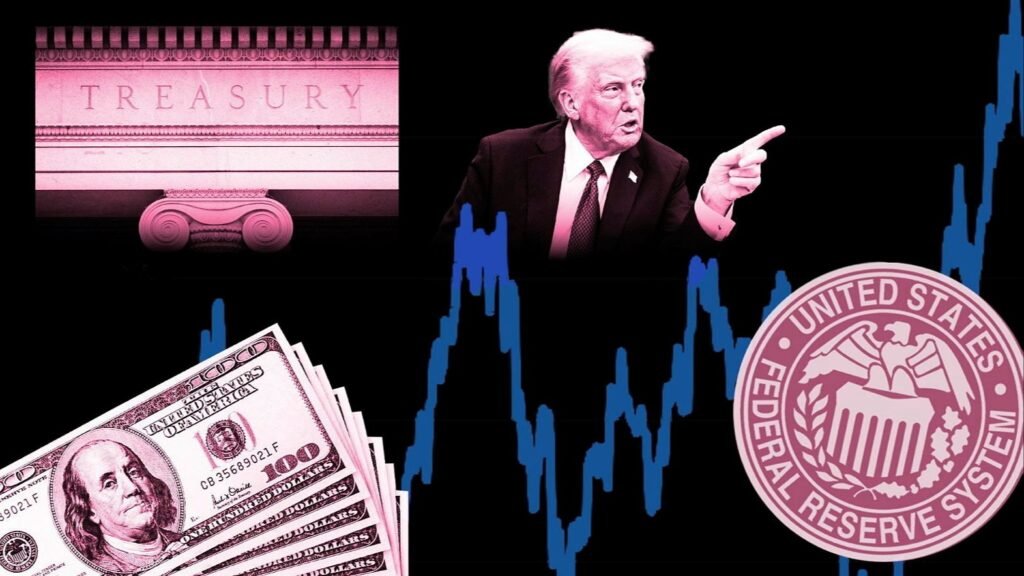US government bonds have long been part of multi-asset client portfolios, with investors owning them as a source of income, diversification, or to dampen the volatility inherent in the rest of the portfolio.
The years after the global financial crisis challenged the first two of those assumptions, with the global central policy of quantitative easing pushing yields towards zero, meaning there was little income and much correlation to equity market returns, although the volatility was minimal.
The correlation proved costly in 2022, as government bonds fell sharply, alongside equities.
The compensation for investors for that lack of correlation was a sharp rise in the income yield offered on government bonds.
Those keen to own the asset for income have, however, had to deal with enhanced levels of volatility and now the greater level of uncertainty around the political outlook in the US, which reduces the appeal of the asset class from a ‘risk free’ point of view.
So which, if any, of the three reasons still apply for a UK-based client to own US government bonds?
Iain Stealey, international chief investment officer for fixed income at JPMorgan Asset Management, says the fact income is now available is the game changer: “When bonds were yielding zero, it was very hard for them to act as a diversifier, because they were already fully priced, but the situation now is that if a recession were to happen, the likelihood is that investors with a US government bond exposure would see capital gains, which would help offset losses from their equity exposure.”
Steve Ryder, who runs the Global Sovereign bond fund at Aviva Investors, says the instability around the outlook for inflation has dented sentiment towards all fixed income assets and, in particular, to government bonds.
Investors were let down by their government bond allocation’s lack of diversification from equities in 2022, says Stealey, because central banks were not able to cut interest rates then, in the teeth of rapidly higher inflation.
What may be different this time is that if a recession were to occur, global central banks would have greater capacity to cut rates as a way to stimulate economic growth, and that benefits the prices of government bonds.
The reason developed market government bonds rise in that scenario is because the cut in the base rate means the income offered on future bonds is lower than the income paid on bonds already in circulation, so the prices of the latter rise, even as wider markets fall.


